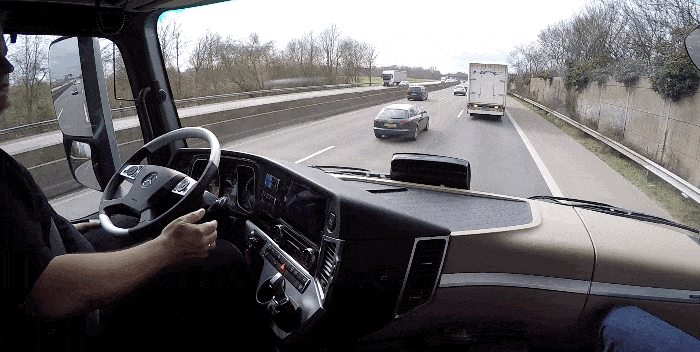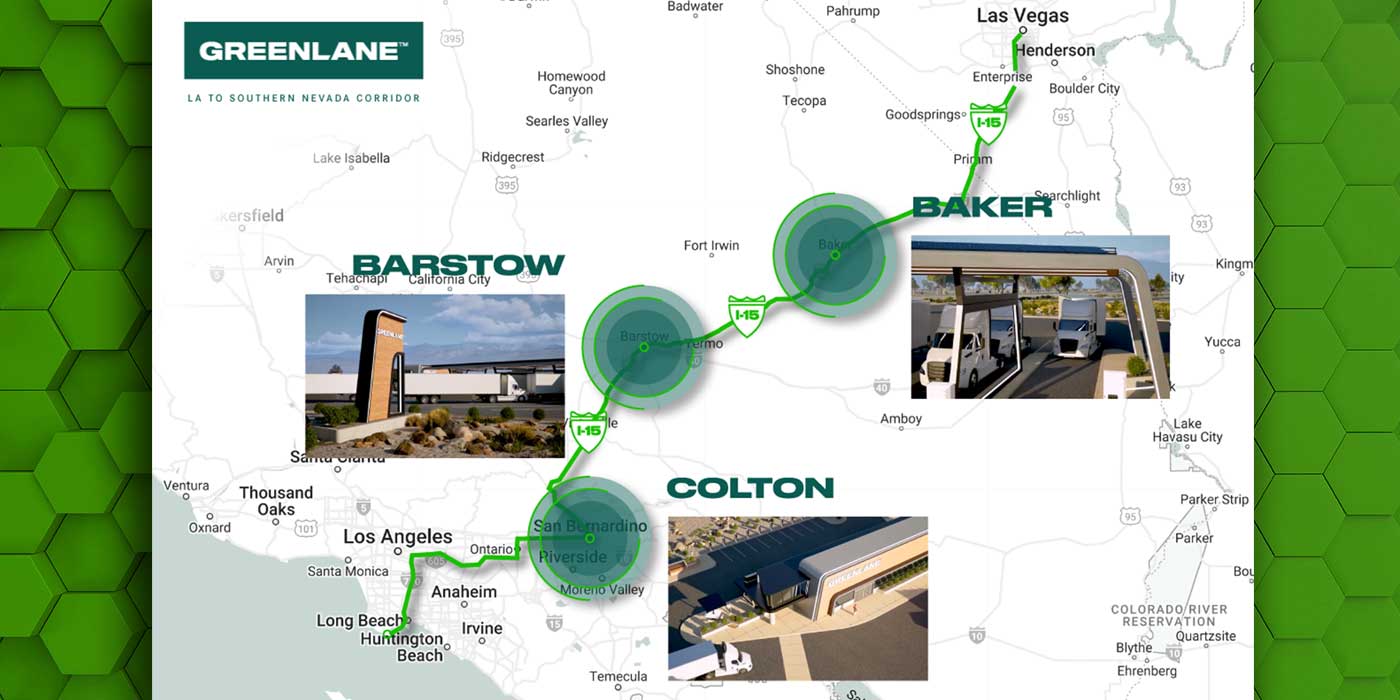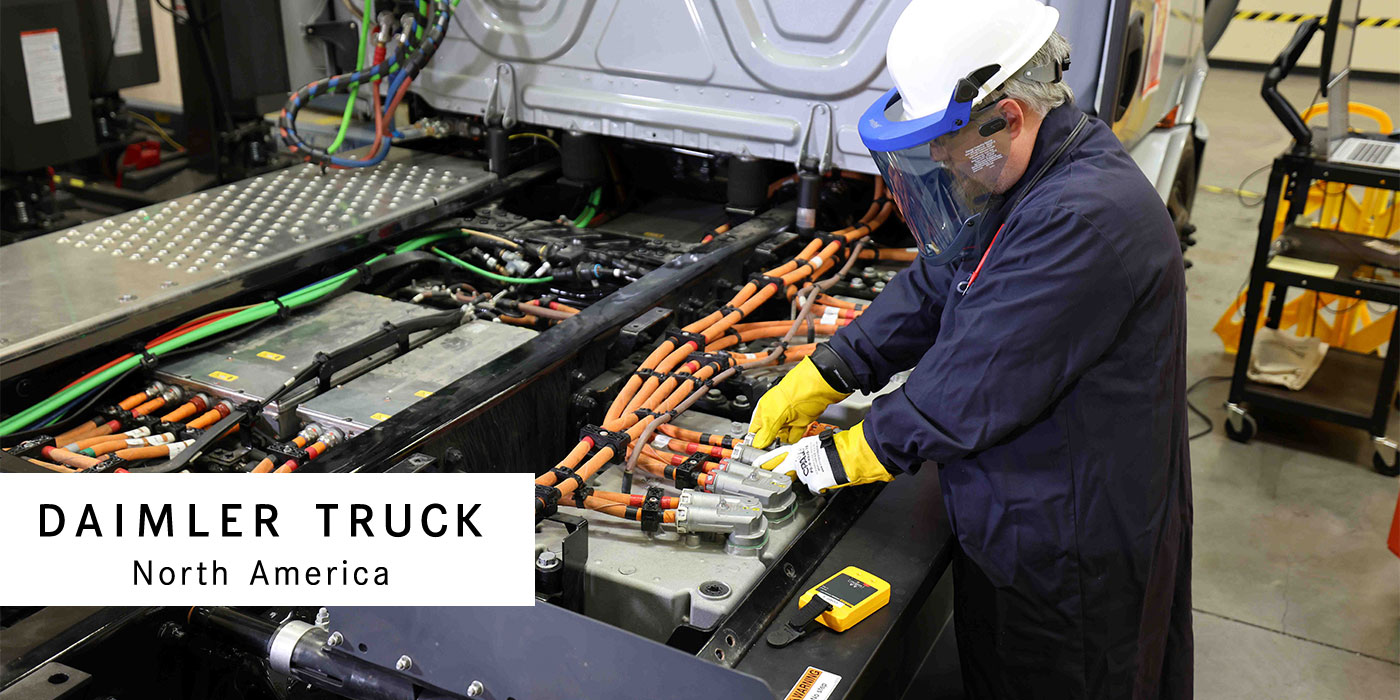When we talk about the latest truck technologies, we often throw around words such as “evolution” and “innovation,” and it is a natural analogy given how rapidly technology, and more specifically software, replicates, updates and furthers itself at an exponential pace. In terms of trucking, very rarely do we anticipate a “new truck,” but we constantly expect the “next truck;” yet the difference between the two may disappear sooner than we think.
Less than a year after Daimler Trucks North America showcased the Freightliner Inspiration Truck as the first autonomous truck operating on an open public highway in Las Vegas, Daimler Trucks took the next step in truck operation efficiency by demoing the Highway Pilot Connect system, which takes the autonomous truck operation we saw a year ago and “evolves” it with platooning technology that allows three trucks (and possibly more in the future) to operate in concert utilizing the same self-driving technology.
Yes, I said “evolves.” Don’t take that as hyperbole. The biological definition of “evolve” is as follows: “a change in the gene pool of a population from generation to generation by such processes as mutation, natural selection, and genetic drift.”
Let’s consider heavy-duty truck as that singular gene pool. Clearly, trucks are evolving from generation to generation. This year’s model of any OEM’s truck is, arguably, incrementally more efficient than last year’s model. Since truck technology “natural selection” seems to be up to the market and regulators and “genetic drift” is far too difficult a conundrum (not to mention the complexities of sampling errors), let us focus on trucking’s mutation.
Trucks have now diverged into two areas in which mutation can improve operational efficiency—hardware and software. The industry is no stranger to the efficiency improvements in hardware mutations such as engines, automated manual transmissions and integrated powertrains. Fleets are battling for seemingly minuscule improvements in hardware (engine, transmission, axle) efficiencies—a half a percentage efficiency gain here, a quarter gain there. These are improvements, while beneficial over hundreds or thousands of trucks, happen slowly. Hardware efficiencies are bound by the laws of physics and manufacturing. Software, on the other hand, is an entirely different efficiency improvement cycle. Think of how often your cell phone has updated its operating system and apps. I approved three app updates before I started writing this column, and I expect to approve three more updates before it is finished. The trucks of today are no different.
I say “today” purposefully. Over-the-air updates on a cellular network as your trucks roll into a pit stop at the end of the day are a reality. It will happen across several OEMs, including Daimler and International, in the next year or so. In addition, seemingly endless telematic data is streaming off your trucks every minute of every day that they are in operation.
Daimler’s demonstration of truck connectivity takes that operational update idea even further, hoping to connect the vehicle to other vehicles (in the case of platooning) and vehicles to infrastructure, in both physical highways and metaphysical freight movement infrastructure such as shipper and cargo availability and even government boarder-crossing logistics, to improve truck efficiency beyond what is capable with hardware. It aims to minimize downtime—not just service downtime, but operational downtime such as avoiding traffic jams and maximizing loading dock and rest stop availability—to keep trucks moving efficiently down the road. What Daimler’s Highway Pilot Connect’s autonomous platooning demonstration signifies is that this connectivity—from driver to vehicle, fleet manager to vehicle, vehicle to vehicle and even infrastructure to vehicle—is yet another evolutionary step toward a completely connected trucking operation, where tomorrow’s biggest efficiency gains will be reaped from the connectivity that today’s trucks are ready to provide if we are brave enough to accept it.













